Dinosaurs have captivated human imagination since their scientific discovery in the early 19th century. These magnificent prehistoric creatures quickly transcended scientific journals to become cultural icons across all forms of media. Comic books, with their unique blend of visual storytelling and fantastic narratives, have provided an especially fertile ground for dinosaurs to roam once again. From early educational comics to modern superhero universes featuring dinosaur-themed characters and prehistoric realms, the representation of these ancient reptiles has evolved dramatically over the decades, reflecting changes in scientific understanding, artistic capabilities, and cultural fascinations.
The Prehistoric Pioneers: Early Dinosaur Appearances in Comics
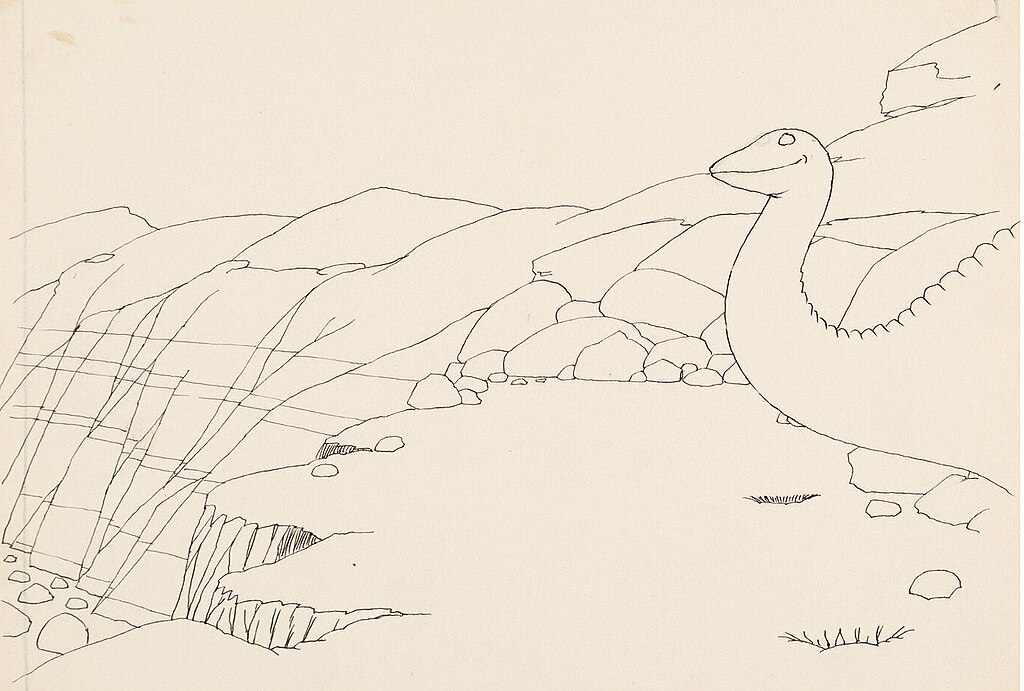
The earliest appearances of dinosaurs in comic format can be traced back to newspaper strips and educational comics of the 1930s and 1940s. Publications like “True Comics” and “Science Comics” featured dinosaurs in simplified educational contexts, often depicting them as lumbering, tail-dragging behemoths in accordance with the scientific understanding of the time. These early representations typically showed Tyrannosaurus rex as the quintessential dinosaur, alongside popular species like Brontosaurus (now Apatosaurus) and Triceratops. Artists relied heavily on museum displays and scientific illustrations of the era, resulting in dinosaurs that appeared slow, reptilian, and often inaccurately portrayed with scales resembling those of modern lizards. Despite these scientific limitations, these early comic appearances helped cement dinosaurs in popular culture and introduced generations of children to paleontology through an accessible medium.
Dinosaur Island: DC Comics’ Prehistoric Playground
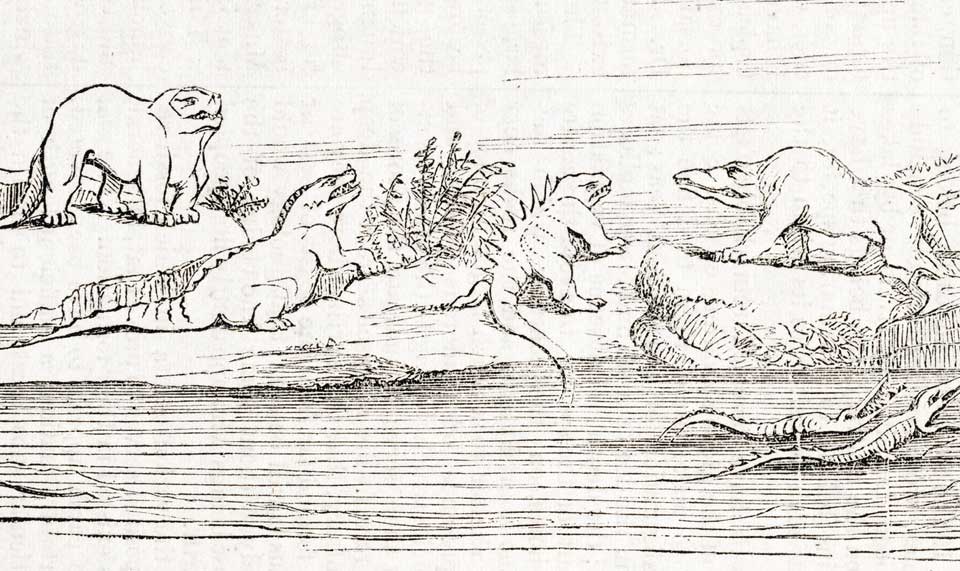
One of the most significant early dinosaur settings in mainstream comics was DC’s “Dinosaur Island,” which debuted in Star Spangled War Stories #90 in 1960. This mysterious island, lost in time, became a recurring setting where modern characters like the Suicide Squad encountered living dinosaurs. The island concept drew inspiration from Arthur Conan Doyle’s “The Lost World” and allowed artists to create dramatic conflicts between humans and prehistoric creatures. DC’s approach to dinosaurs during this era remained largely sensationalist rather than scientific, with dinosaurs portrayed as monsters or obstacles rather than animals. Artists like Ross Andru and Joe Kubert gave these dinosaurs a distinctly menacing quality, with exaggerated features and aggressive postures that enhanced their role as threats. Dinosaur Island has periodically reappeared throughout DC’s history, recently featuring in storylines involving Wonder Woman and other Justice League members, maintaining its status as one of comics’ longest-running dinosaur settings.
Marvel’s Savage Land: Dinosaurs in the Modern Age
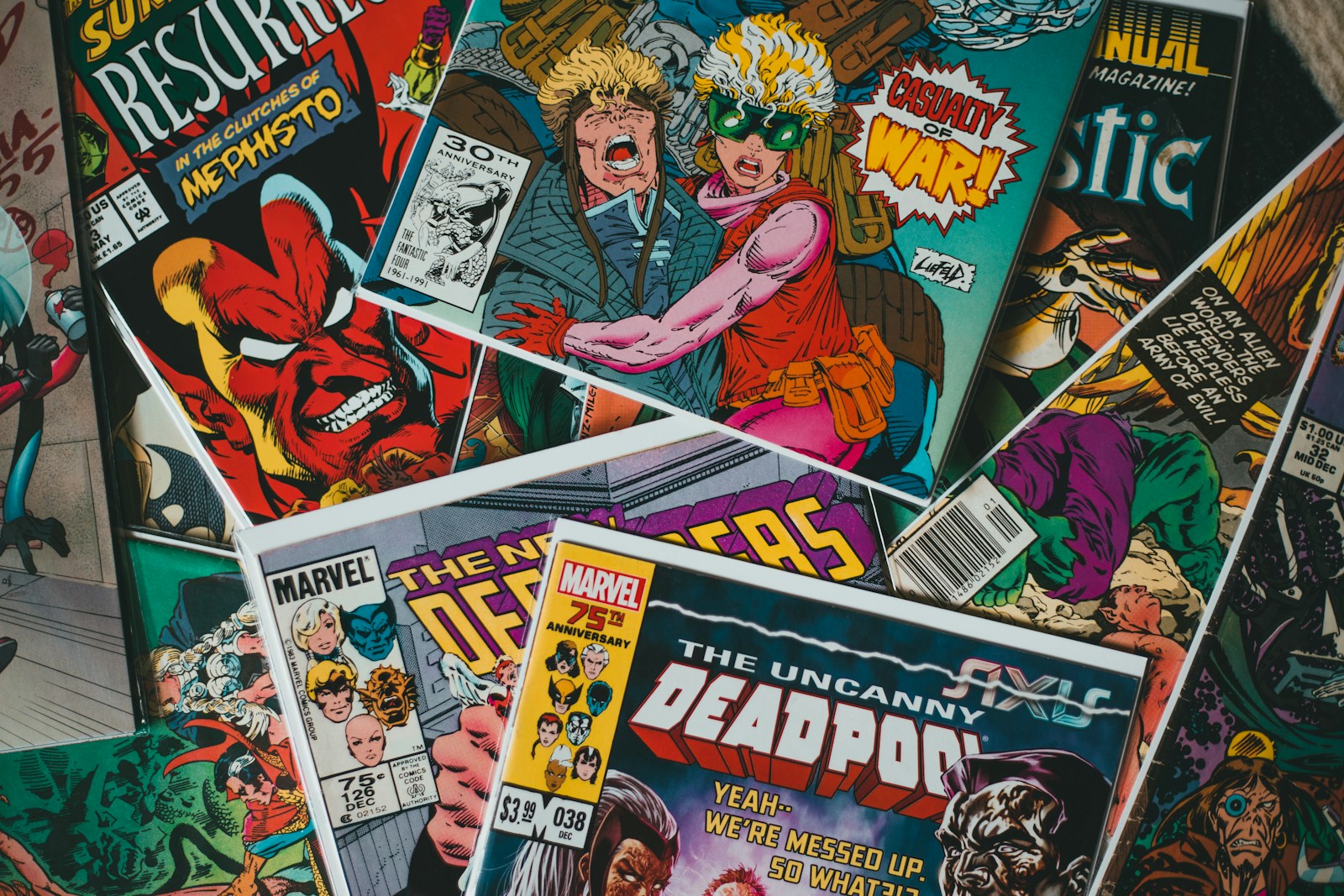
Marvel Comics created their own prehistoric realm in 1965 with the introduction of the Savage Land, a hidden tropical region in Antarctica where dinosaurs and other prehistoric creatures continued to thrive. First appearing in X-Men #10, the Savage Land became closely associated with Ka-Zar, Marvel’s jungle hero character. Unlike DC’s approach, Marvel established a more permanent prehistoric setting that became integrated into their wider universe. The Savage Land has been featured in countless storylines involving the X-Men, Avengers, and other major Marvel characters. Artists like Jack Kirby and John Buscema established a visual template for Marvel’s dinosaurs that combined scientific accuracy (for the time) with dynamic action poses suitable for superhero narratives. The Savage Land provided Marvel with a canvas to explore human-dinosaur interactions beyond simple monster scenarios, developing complex ecosystems and societies where prehistoric life interacted with mutants, aliens, and superhumans in stories that continue to the present day.
The Science Evolution: How Paleontological Discoveries Changed Comic Dinosaurs

The “Dinosaur Renaissance” of the 1970s and 1980s dramatically transformed scientific understanding of dinosaurs, revealing them as active, possibly warm-blooded animals rather than cold, sluggish reptiles. This scientific revolution gradually filtered into comic book representations, though unevenly across publications. Independent comics were often quicker to adopt new scientific findings than mainstream superhero titles. By the 1990s, comic artists began depicting dinosaurs with more dynamic postures, horizontal rather than upright body positions, and in some cases, feathers on certain species. The influence of groundbreaking films like “Jurassic Park” (1993) accelerated this trend, pushing comic artists to update their dinosaur designs. Publications with educational components, such as Vertigo’s “Age of Reptiles” by Ricardo Delgado, made particular efforts to incorporate current scientific understanding, showing dinosaurs as complex animals rather than generic monsters. This scientific evolution continues today, with the most scientifically accurate dinosaur representations typically appearing in indie comics and graphic novels specifically focused on paleontology.
Devil Dinosaur: Jack Kirby’s Prehistoric Creation

In 1978, legendary comic creator Jack Kirby introduced one of the most enduring dinosaur characters in comics with Devil Dinosaur, a bright red Tyrannosaurus rex who formed a bond with a primitive human-like character named Moon-Boy. Published by Marvel Comics, Devil Dinosaur represented Kirby’s unique vision of prehistory, blending scientific concepts with fantastic elements in his distinctive artistic style. Despite being scientifically inaccurate by design, Devil Dinosaur became a fan favorite due to Kirby’s dynamic artwork and the character’s distinctive personality. Though the original series lasted only nine issues, Devil Dinosaur periodically reappeared in Marvel publications over the decades. In 2015, Marvel relaunched the concept with “Moon Girl and Devil Dinosaur,” featuring a new human partner—nine-year-old super-genius Lunella Lafayette—which introduced the prehistoric character to a new generation of readers. This modern incarnation has proven remarkably successful, demonstrating the enduring appeal of dinosaur characters when given distinctive personalities beyond their prehistoric nature.
Anthropomorphic Dinosaurs: From Dinosaucers to Xenozoic Tales
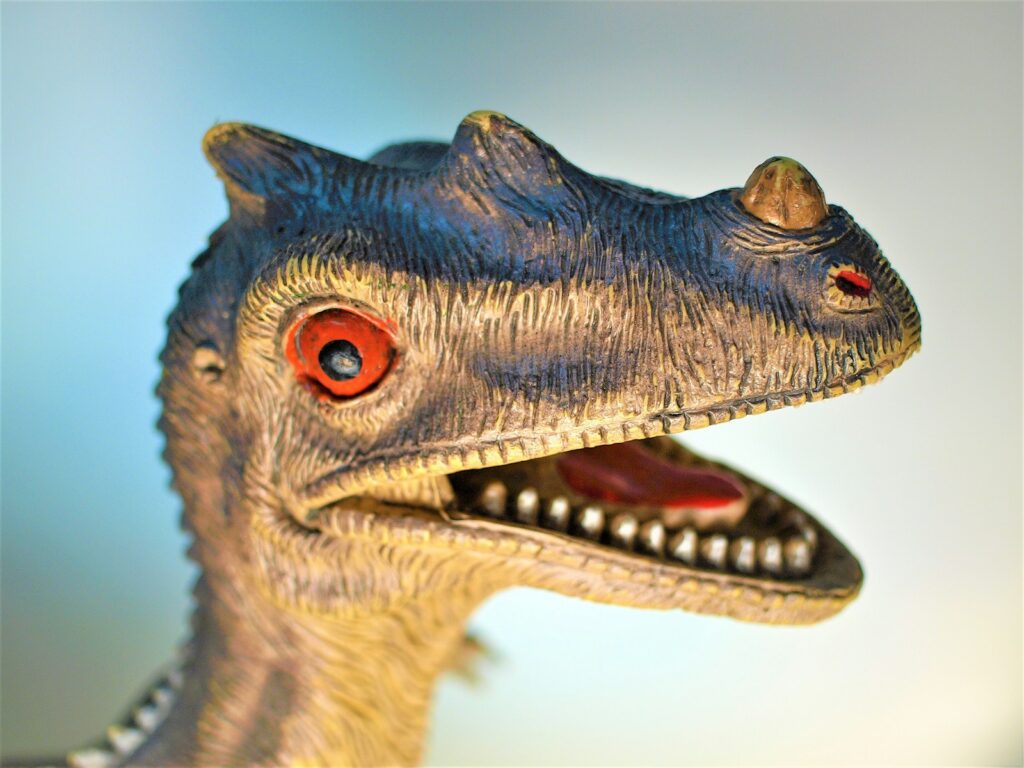
Comics have frequently featured anthropomorphic dinosaurs—species with human-like intelligence, speech, and sometimes bipedal posture. These characters often straddle the line between dinosaur representation and character creation, using dinosaur physiology as a foundation for distinctive personalities. Mark Schultz’s acclaimed series “Xenozoic Tales” (also known as “Cadillacs and Dinosaurs”) featured intelligent dinosaur species coexisting with humans in a post-apocalyptic future, combining meticulous scientific research with anthropomorphic elements. In the children’s comic market, titles like “Dinosaucers,” based on the animated series, presented dinosaur characters from space with human-like societies and technology. These anthropomorphic approaches allowed creators to use dinosaurs as metaphors for human circumstances or as vehicles for social commentary. The anthropomorphic tradition continues in modern all-ages comics like “Super Dinosaur” by Robert Kirkman and Jason Howard, which features an intelligent Tyrannosaurus rex with mechanical arms fighting alongside human allies, demonstrating how dinosaur characteristics can be adapted to fit traditional superhero narratives while maintaining appeal to dinosaur enthusiasts.
Dinosaur Superheroes: When Prehistoric Meets Powered
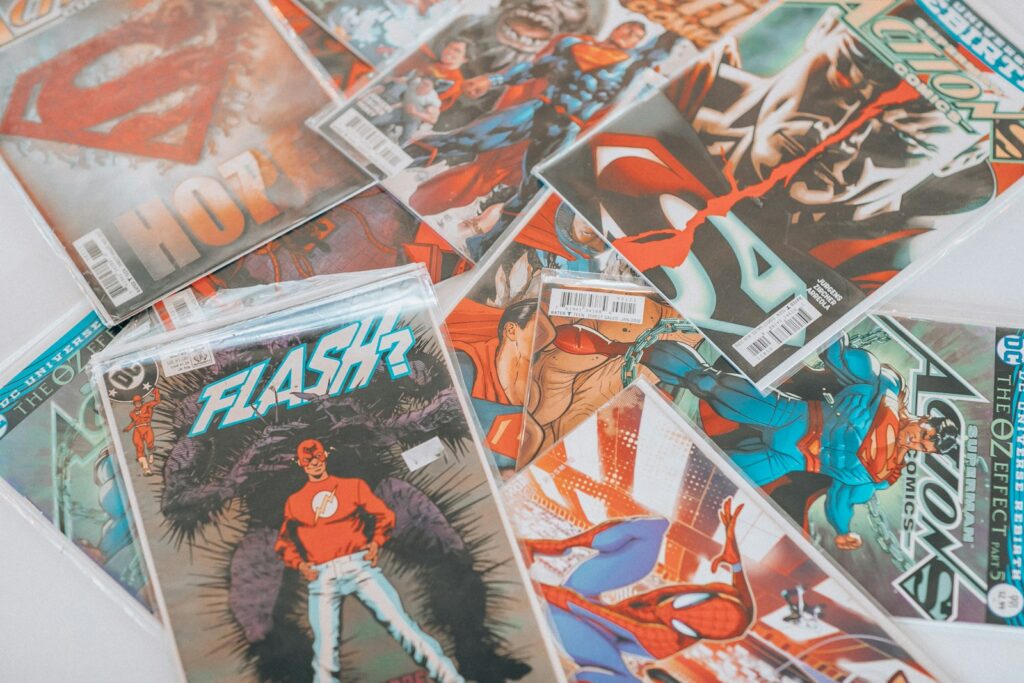
The natural power and majesty of dinosaurs made them inevitable inspirations for superhero creations, resulting in numerous dinosaur-themed characters across publishers. DC Comics’ villain Dinosaur Man (who could transform into various dinosaur species) and the dinosaur-controlling hero Animal Man used prehistoric connections as power sources. Marvel introduced characters like Stegron the Dinosaur Man, a scientist transformed into a humanoid Stegosaurus who could control reptiles. Image Comics featured characters like Savage Dragon battling dinosaur-human hybrids created through genetic engineering. These dinosaur-themed superhumans typically combined human intelligence with dinosaur physical capabilities, creating unique power sets that distinguished them from other heroes and villains. Artists often faced the creative challenge of making dinosaur-human hybrids both believable and visually distinctive, developing art styles that highlighted dinosaur attributes like scales, claws, and distinctive silhouettes while maintaining human expressiveness. The ongoing popularity of these characters demonstrates the persistent cultural fascination with combining dinosaur power with human agency.
Time Travel Narratives: Dinosaurs Meet Modern Heroes

Time travel storylines have provided comic creators with endless opportunities to bring dinosaurs and modern characters together. These narratives range from serious explorations of prehistoric ecosystems to comical fish-out-of-water scenarios when dinosaurs appear in modern settings. DC’s “The War That Time Forgot” series featured soldiers encountering dinosaurs during World War II, while characters like Booster Gold and the Time Masters regularly traveled to prehistoric eras. Marvel’s time-traveling characters, including Kang the Conqueror and Cable, frequently visited dinosaur-populated time periods, with artists carefully creating prehistoric environments that balanced scientific accuracy with narrative requirements. Independent comics like “Chrononauts” by Mark Millar and Sean Murphy used dinosaur encounters as spectacular set pieces that demonstrated the dangers of time travel. These time-travel narratives often reflected contemporary paleontological understanding, with more recent comics showing feathered dinosaurs and updated environments. The visual contrast between modern humans with their technology and prehistoric creatures creates inherently dramatic scenarios that continue to appeal to writers and artists exploring the vast potential of comic book storytelling.
The Indie Revolution: Dinosaurs in Independent Comics

Independent comics have often provided the most scientifically accurate and narratively innovative dinosaur representations in the medium. Free from the continuity constraints of long-running superhero universes, indie creators could develop stories focused specifically on dinosaurs as central characters rather than exotic threats or background elements. Ricardo Delgado’s “Age of Reptiles” series, published under Dark Horse Comics, presented wordless narratives following dinosaurs through their daily lives, with meticulously researched behavior and anatomically correct designs. Ted Naifeh and Mark Schultz’s “Paleowild” series similarly focused on scientific accuracy while telling engaging stories about dinosaur societies. Ryan North and Erica Henderson’s “The Unbeatable Squirrel Girl” comics, though published by Marvel, brought a refreshingly accurate approach to depicting dinosaurs during time travel sequences, complete with feathers and updated postures. These independent approaches have often led the way in dinosaur representation, with mainstream publishers gradually adopting their innovations. The freedom of independent publishing continues to provide space for creators passionate about both paleontology and storytelling to merge scientific understanding with comic book narratives.
Dinosaur Villains: From King Shark to Sauron
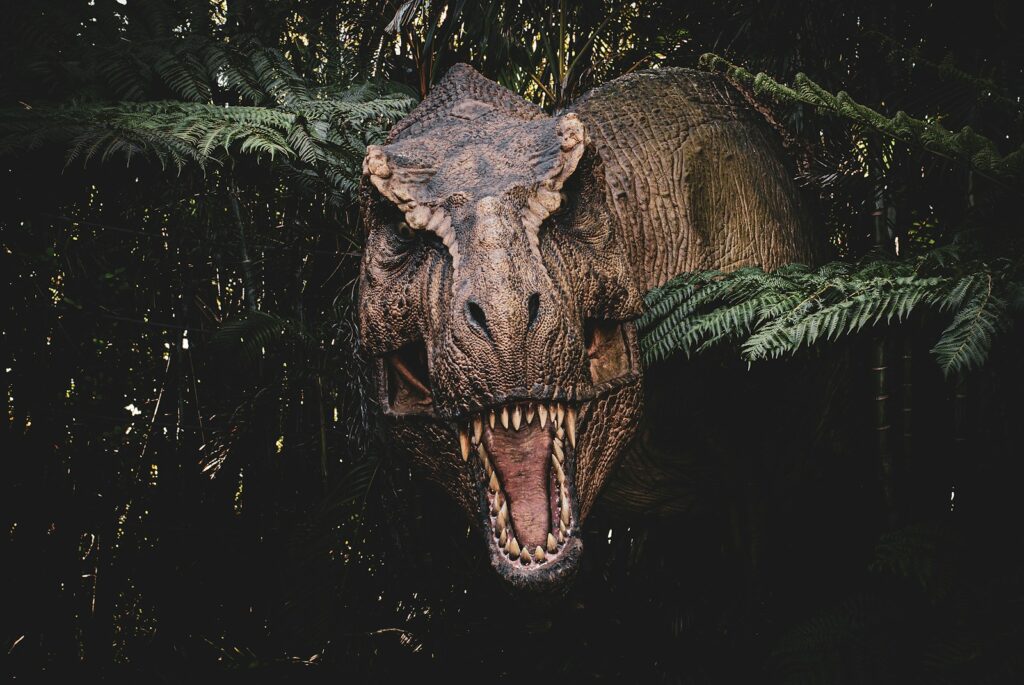
Dinosaurs have inspired some of comics’ most memorable villains, combining prehistoric power with modern malevolence. DC Comics’ King Shark, though technically a shark-human hybrid rather than a dinosaur, embodies the prehistoric predator aesthetic that appears frequently in dinosaur-inspired villains. Marvel’s Sauron, a pteranodon-human hybrid with energy-draining powers, became a recurring X-Men villain despite technically being a pterosaur rather than a dinosaur—a common paleontological confusion in comics. Stegron the Dinosaur Man, another Marvel creation, represented a more direct dinosaur villain, capable of transforming humans into dinosaur hybrids. These dinosaur-inspired antagonists typically leveraged the cultural perception of dinosaurs as powerful, primitive, and dangerous, contrasting their prehistoric nature against the modernity of heroes. Artists emphasized their prehistoric origins through exaggerated features, dramatic scale differences, and imposing physical presence. The continuing popularity of dinosaur-themed villains demonstrates how effectively prehistoric imagery can be used to create memorable adversaries who literally embody threats from the distant past brought into the present.
Comic Adaptations: Jurassic Park and Dinosaur Media Franchises

Major dinosaur franchises have frequently expanded into comics, with “Jurassic Park” receiving multiple adaptations across publishers, including Topps Comics, IDW, and Dark Horse. These adaptations extended the film narratives, exploring storylines between movies or developing new adventures within the established universe. Topps Comics’ “Jurassic Park” series in the 1990s expanded significantly beyond the first film, introducing new dinosaur species and human characters in stories that explored other islands and facilities. Dark Horse’s “Jurassic Park: Redemption” continued the story years after the events of “Jurassic Park III,” focusing on adult versions of the original film’s child characters. Beyond “Jurassic Park,” other dinosaur properties like “Turok: Dinosaur Hunter” evolved from video games into successful comic series published by Valiant and later Dynamite Entertainment. These franchise comics allowed artists to develop distinctive visual interpretations of familiar dinosaurs while maintaining recognizable elements from their source material. The success of these adaptations demonstrates the natural affinity between dinosaur-focused narratives and comic book storytelling, with both media forms excelling at spectacular visual moments and fantastical scenarios.
Modern Innovations: Digital Comics and Dinosaur Representation

The digital revolution in comics has transformed dinosaur representation through new artistic techniques, distribution methods, and reader engagement. Digital art tools have enabled unprecedented detail in dinosaur depiction, allowing artists to create scientifically accurate feathering patterns, complex skin textures, and anatomically correct postures that were difficult to achieve with traditional methods. Webcomics like “Lore Olympus” creator Rachel Smythe’s dinosaur-themed works have showcased how digital platforms allow creators to use color, movement, and expanded canvas sizes to present dinosaurs in innovative ways. Digital distribution has also enabled highly specialized dinosaur comics to find their audiences without requiring mass-market appeal, allowing paleontology enthusiasts to create and share scientifically rigorous dinosaur narratives. Interactive digital comics have introduced elements like animation, sound effects, and reader choice to dinosaur storytelling, creating immersive experiences impossible in traditional printed formats. These digital innovations continue to expand the possibilities for dinosaur representation in comics, bringing scientific understanding and artistic imagination together in increasingly sophisticated ways that engage readers across multiple sensory channels.
The Future of Dinosaurs in Comics: New Frontiers
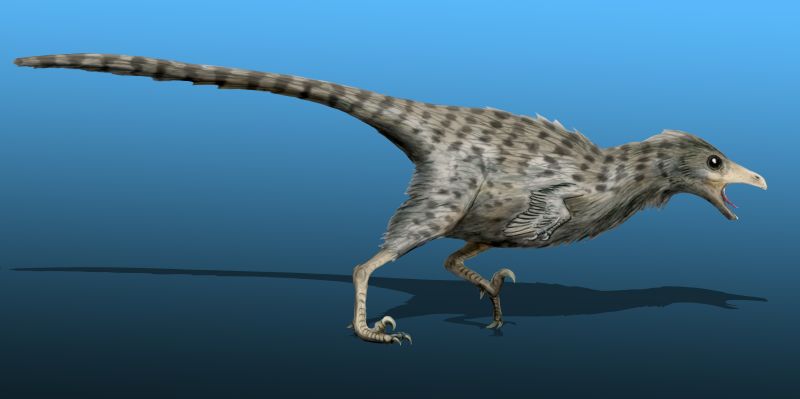
The representation of dinosaurs in comics continues to evolve, with several emerging trends pointing toward fascinating future developments. The increasing mainstream acceptance of feathered dinosaurs has begun transforming how iconic dinosaur characters are depicted, with some publishers updating classic characters to reflect current scientific understanding. Cross-media storytelling between comics, video games, and animation is creating more complex dinosaur narratives that span multiple formats, allowing for more detailed world-building and character development. Virtual and augmented reality comics are exploring how three-dimensional dinosaur representations can create new storytelling possibilities, potentially revolutionizing how readers interact with prehistoric creatures. Educational comics developed in consultation with paleontologists are gaining popularity, merging entertainment with scientific accuracy in ways that appeal to both children and adults. The growing diversity in comic creators is also bringing fresh perspectives to dinosaur representation, moving beyond Western-centric views to incorporate global paleontological discoveries and cultural interpretations of prehistoric life. These developments suggest that dinosaurs will remain enduring figures in comic storytelling, continuing to evolve just as our understanding of the actual creatures continues to advance through scientific discovery.
Conclusion
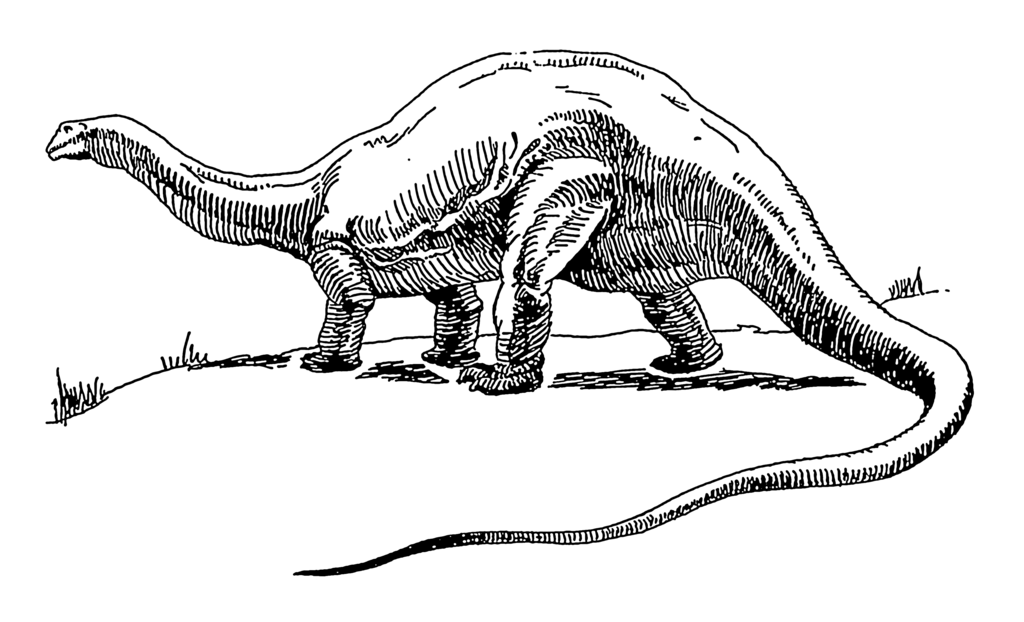
From their earliest appearances as educational curiosities to becoming complex characters in their own right, dinosaurs have undergone a remarkable evolution in comic books. This transformation parallels our changing scientific understanding of these prehistoric creatures and reflects broader shifts in artistic techniques, storytelling approaches, and cultural attitudes. Comics have provided a unique medium for dinosaurs to remain alive in our collective imagination, allowing these extinct beings to roam new landscapes of creativity and fantasy. As paleontological knowledge continues to advance and artistic possibilities expand, the representation of dinosaurs in comics will undoubtedly continue to evolve, ensuring these magnificent creatures from Earth’s distant past maintain their special place in our present and future storytelling traditions.



